Well hung? We interview Martino Gamper about his new book of (around) 1,000 hooks
Italian maverick designer Martino Gamper doesn't hang around. He has a new book featuring 1,000 hooks made by hand. We ask him how and why...
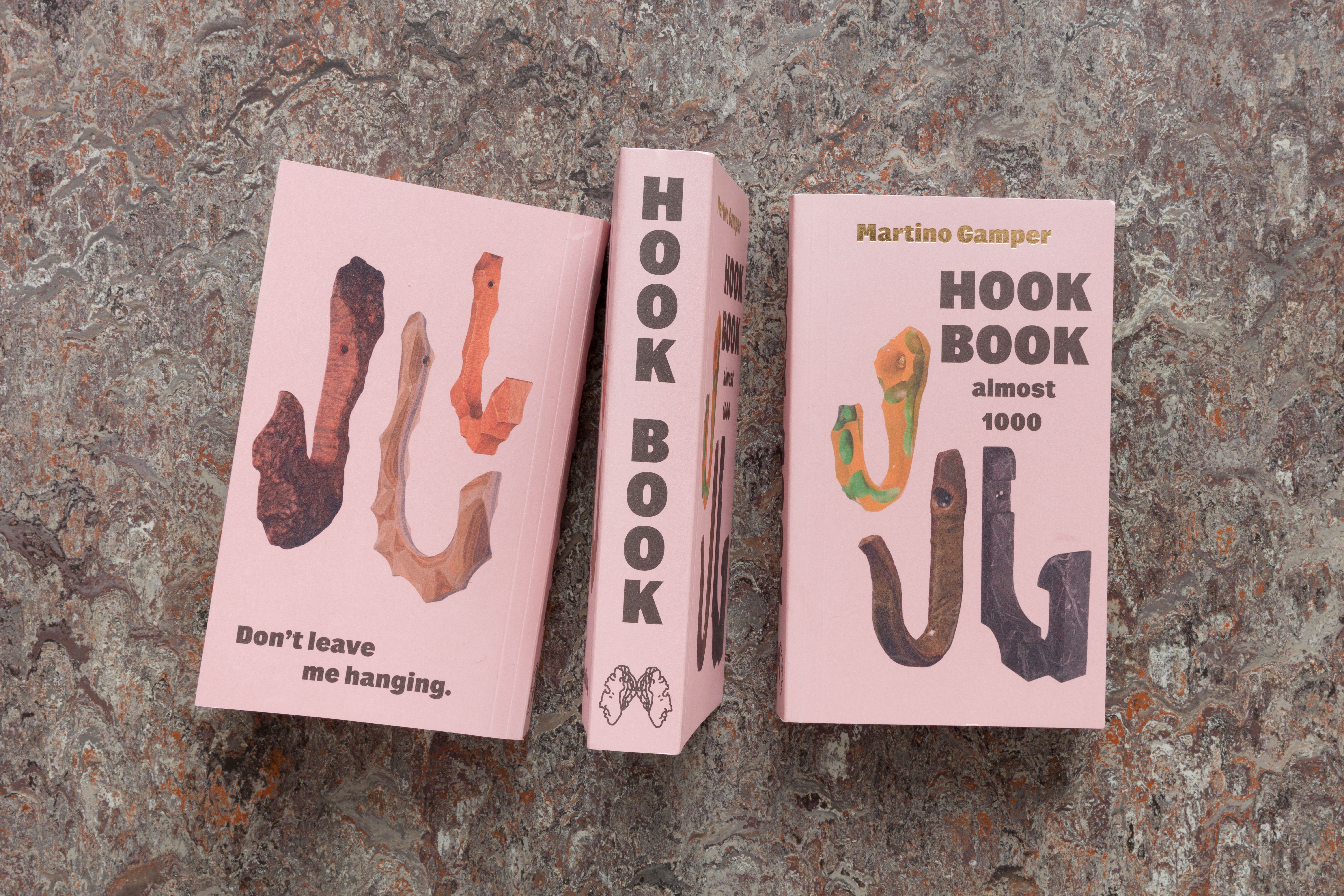

You could never accuse designer and artist Martino Gamper of being idle. Audacious? Yes. Precious? No. Few individuals have put such a volume and variety of work into the world with their bare hands. His curiosity to experiment through doing is impressive, voracious, perhaps even concerning. How restless is that mind? How raw are those fingers? While a comprehensive retrospective of Gamper’s projects is opening in London in October 2024, a new pearlescent pink book from his publishing house Dente-de-Leone has landed with a thud in time for summer.

Inside the Hook Book, designed by Åbäke, published by Dente-de-Leone, £27 from dentdeleone.com and Waterstones
Hook Book – almost 1000 catalogues the indefatigable Italian’s recent focus on – well, the clue is in the title. It is a beautiful object in itself, designed by Åbäke and bearing all the hallmarks of the design studio’s playful sophistication. In a glorious panoply of papers and printing techniques, Gamper’s thousand-odd (and sometimes they are odd) hooks are laid bare. The sheer range is mind-boggling in itself. Each hook is a minor feat; together, the collection presents as a taxonomy of materials and processes – a single archetype extrapolated into smithereens.

Inside the Hook Book
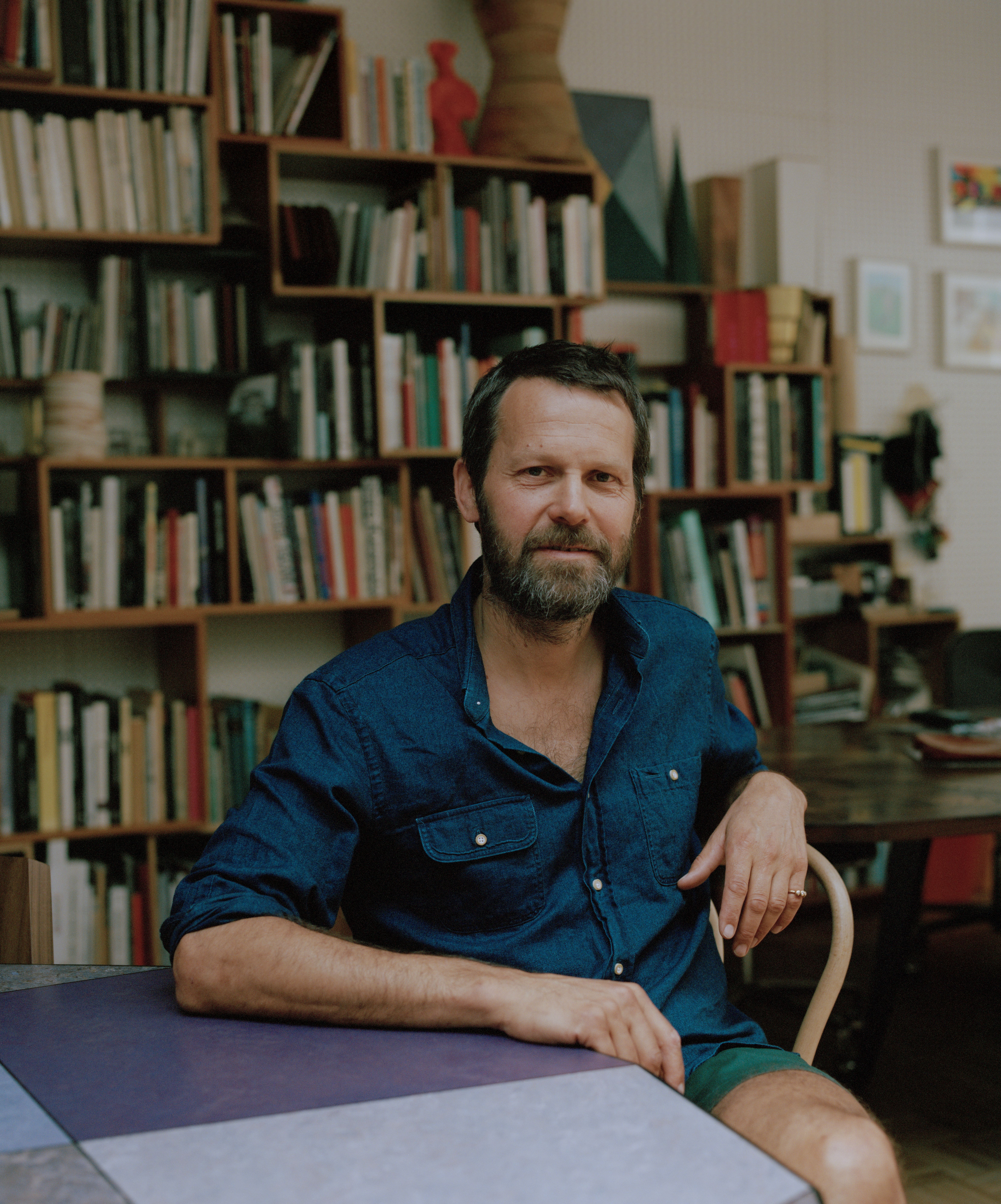
Martino Gamper
Gamper got properly hooked on hooks in New Zealand, where he tends to spend winter. An early collection of hooks was exhibited as ‘Hookaloti’ – a show in 2019 at Michael Lett in Auckland. A second show, in 2023 at Anton Kern in New York, gave Gamper the impetus to rapidly expand his hook library. That show had the beautiful title ‘I Am Many Moods’, courtesy of Gamper’s friend, the author Deborah Levy, who also penned a quietly profound text for Hook Book, titled: ‘Attachment Theory; holding and letting go’.
Gamper’s world is compelling. So when Hook Book arrived, we picked up the phone to find out more…
Why Martino Gamper is hooked on hooks
Wallpaper*: You are rigorous Martino!
Martino Gamper: The hooks were the easy part. Photographing and cataloguing everything for the book was far more laborious.
W*: The appeal of a hook is perhaps obvious, but I’m curious to hear what you like about them.
Wallpaper* Newsletter
Receive our daily digest of inspiration, escapism and design stories from around the world direct to your inbox.
MG: I have always liked hanging things on hooks. I like to keep things off the floor. In 2011 I did a live-in residency show at Galleria Franco Noero in Turin. I moved in with nothing but a daybed and made all the furniture over the course of a month from my imagination. I really missed having anywhere to keep things – to hang things. Hooks.
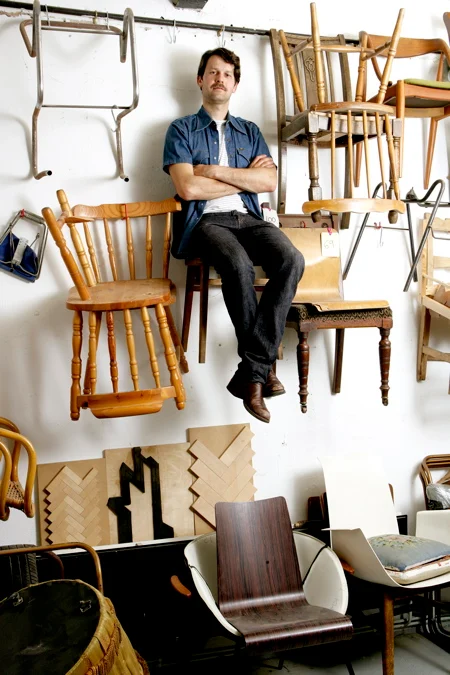
Hanging around – back in the day
Wallpaper*: I remember visiting you in 2007 in the early days of your ‘100 Chairs in 100 Days’ project, and even then most of your studio was hung on the walls on pegs and hooks and various mechanisms.
MG: That’s right. Hooks are simple objects but also ambiguous. They are sculptural, decorative and functional simultaneously. That’s quite a rare combination. They hold interesting space around them.
W*: Tell us about the material variety.
MG: It was a good excuse to play with different materials that I don’t know. I always like to push the limits of my knowledge and experience, but you have to have a good enough reason to use a new material. A hook is a fairly simple experiment in this case: make a 90-degree bend (or thereabouts) in anything and it can become a hook. Also it is a three-dimensional object, not a flat surface. All it has to do is hopefully be strong enough to hold something up.
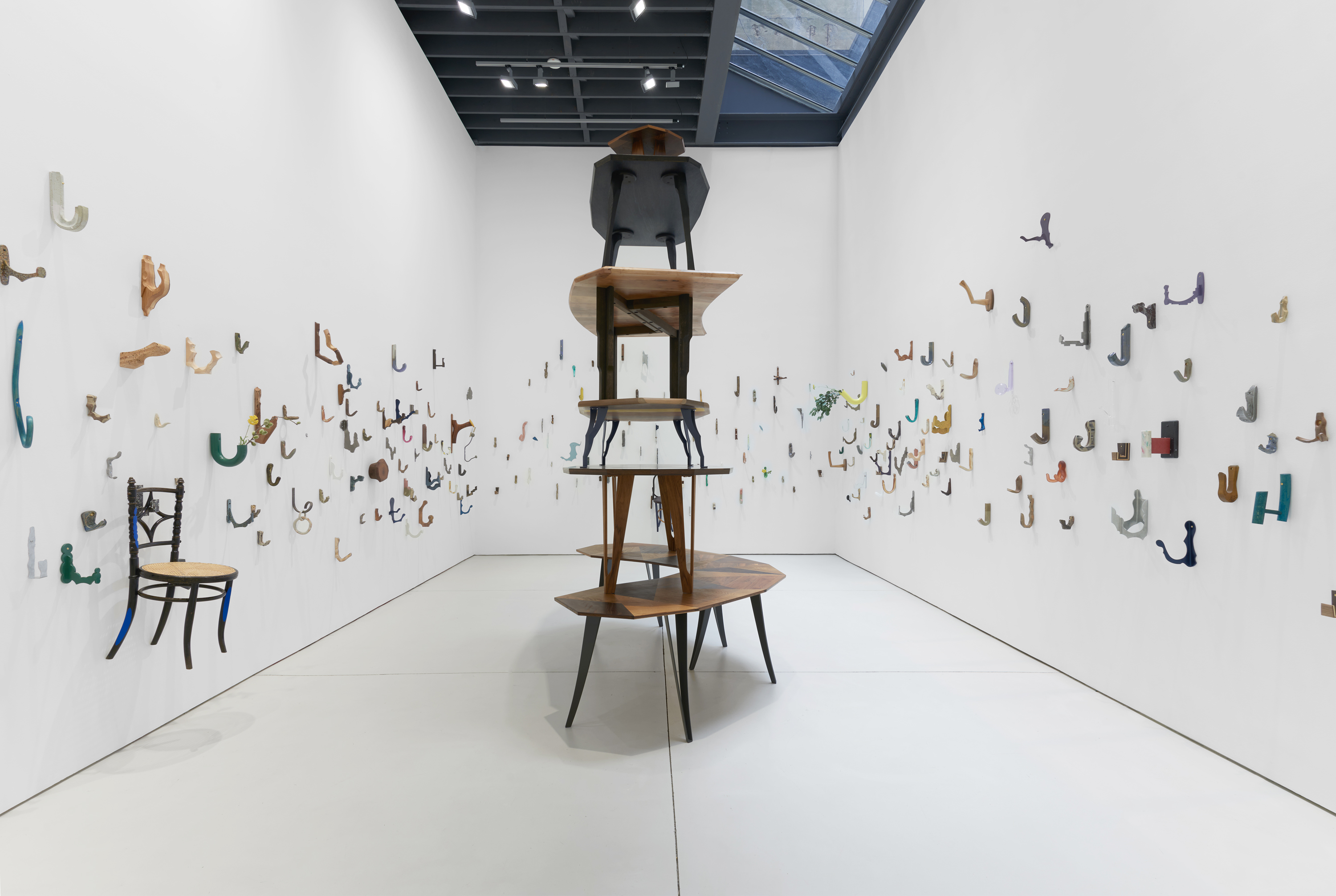
Installation view of 'I Am Many Moods' at Anton Kern, New York, 2023
W*: How do you feel when you see them in such a large volume, as at Anton Kern in New York?
MG: It was quite an overwhelming installation. I thought I had a concept but an empty white cube is a difficult challenge. I asked the team to close their eyes and take a marker and start plotting. We then drilled holes and installed, with a few tweaks. In retrospect it was almost too much – it can sometimes be hard to see the wood for the trees.
W*: You talk about relying on intuition in your practice and process. Please expand.
MG: I like to do first and think second. I need to get my hands into my projects and then work out what’s happened. You can overthink things in advance, but I find it makes more sense for me to post-rationalise than pre-determine. There’s too much complexity in life already. Keep things simple!
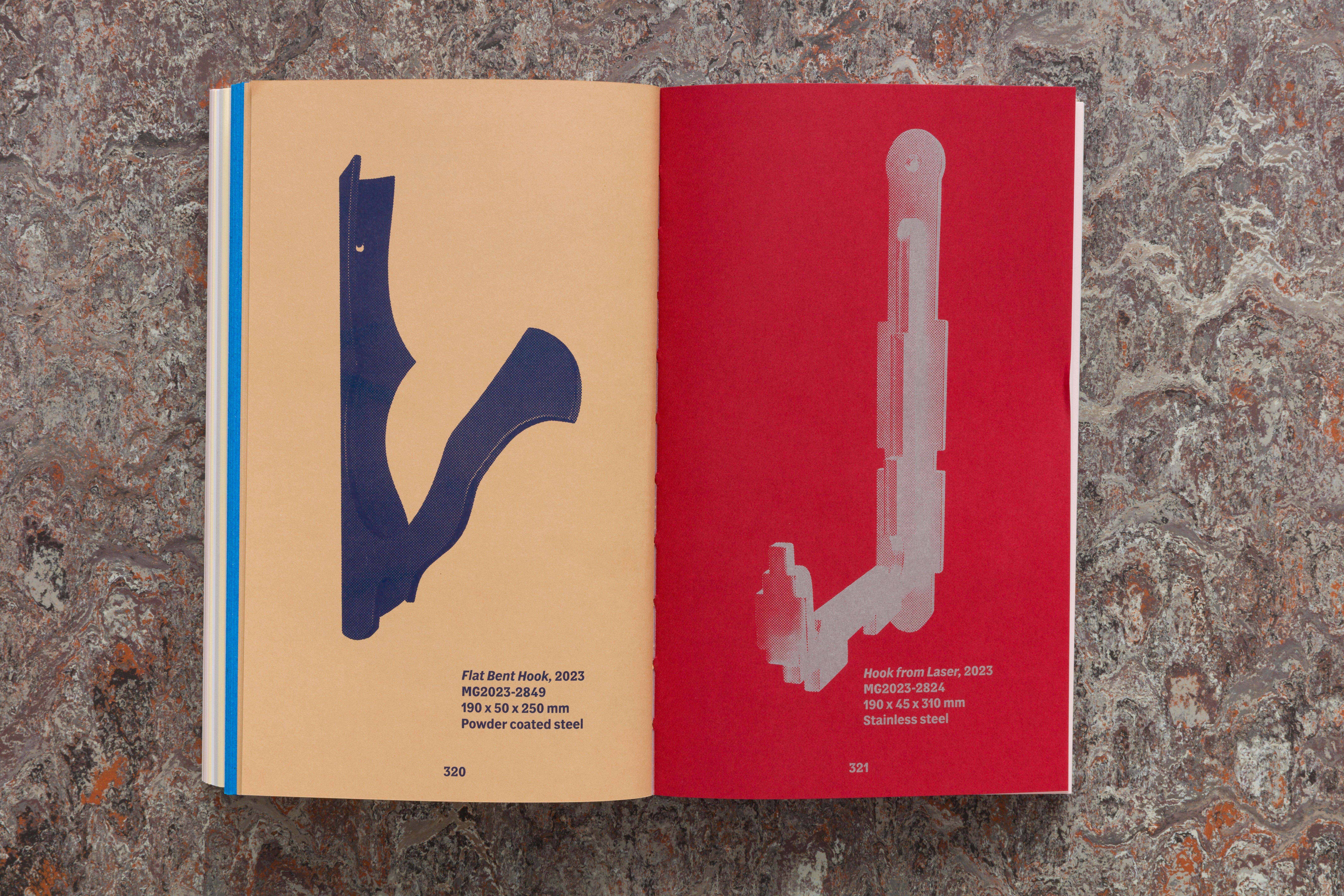
Inside Hook Book
W*: Is there a material that surprised you?
MG: Cork is strangely difficult to work with. It’s very soft. You can’t really sculpt it, only sand it. You can’t really paint it either, it doesn’t easily take on colour or dye. Clay on the other hand I loved learning about. I made hooks in several excellent potteries in New Zealand. It’s a remarkable material. If you don’t get things right first time, even if you’ve fired it, you can grind it back down and start again. It has infinite possibility.
W*: Your books are fast becoming collectible objects too. How important is the book as part of your process and perhaps also your legacy?
MG: I’ve always loved books being part of my projects. Even at the Royal College of Art I made a book with Kajsa [Ståhl, from Åbäke] about corners. Photographing and documenting is a powerful way of communicating. I really believe in books and I believe they endure as physical objects. My book for ‘100 Chairs’ is handy for schools and universities, I’ve found. It helps as a tool to talk to students about different ways of thinking and working in design, hopefully opening eyes and minds at an important stage in their learning.

Inside Hook Book
W*: And as for all those hooks – what happens next?
MG: They are on their way back from New York. They will appear in my show in October, and then I’m looking forward to them spreading out to people’s homes around the world. We have quite a few hooks at home. And I will keep making them, too.
Hook Book – Almost 1000, designed by Åbäke, published by Dente-de-Leone, £27 from dentdeleone.com and Waterstones
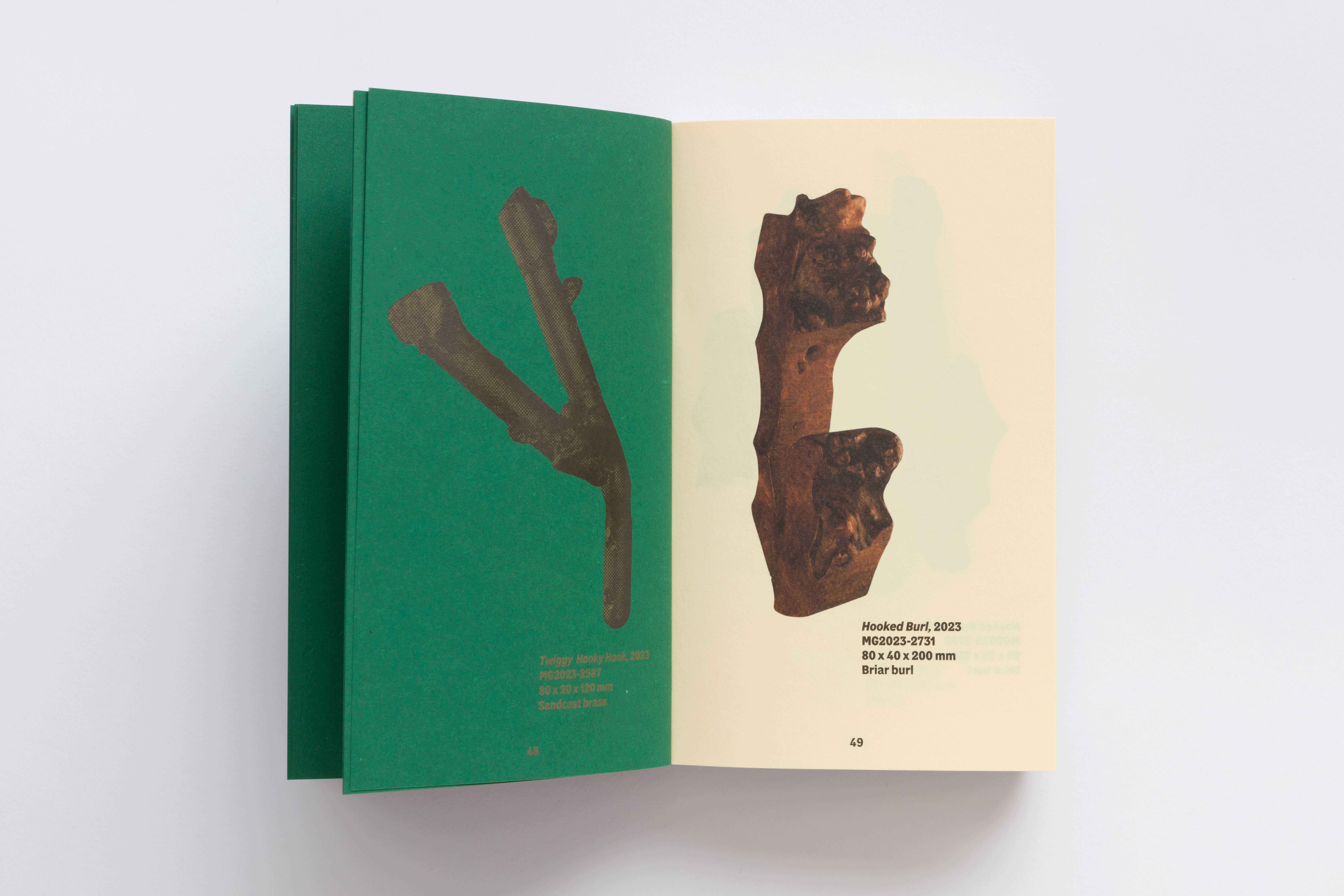
Inside Hook Book

Hugo is a design critic, curator and the co-founder of Bard, a gallery in Edinburgh dedicated to Scottish design and craft. A long-serving member of the Wallpaper* family, he has also been the design editor at Monocle and the brand director at Studioilse, Ilse Crawford's multi-faceted design studio. Today, Hugo wields his pen and opinions for a broad swathe of publications and panels. He has twice curated both the Object section of MIART (the Milan Contemporary Art Fair) and the Harewood House Biennial. He consults as a strategist and writer for clients ranging from Airbnb to Vitra, Ikea to Instagram, Erdem to The Goldsmith's Company. Hugo has this year returned to the Wallpaper* fold to cover the parental leave of Rosa Bertoli as Global Design Director.
-
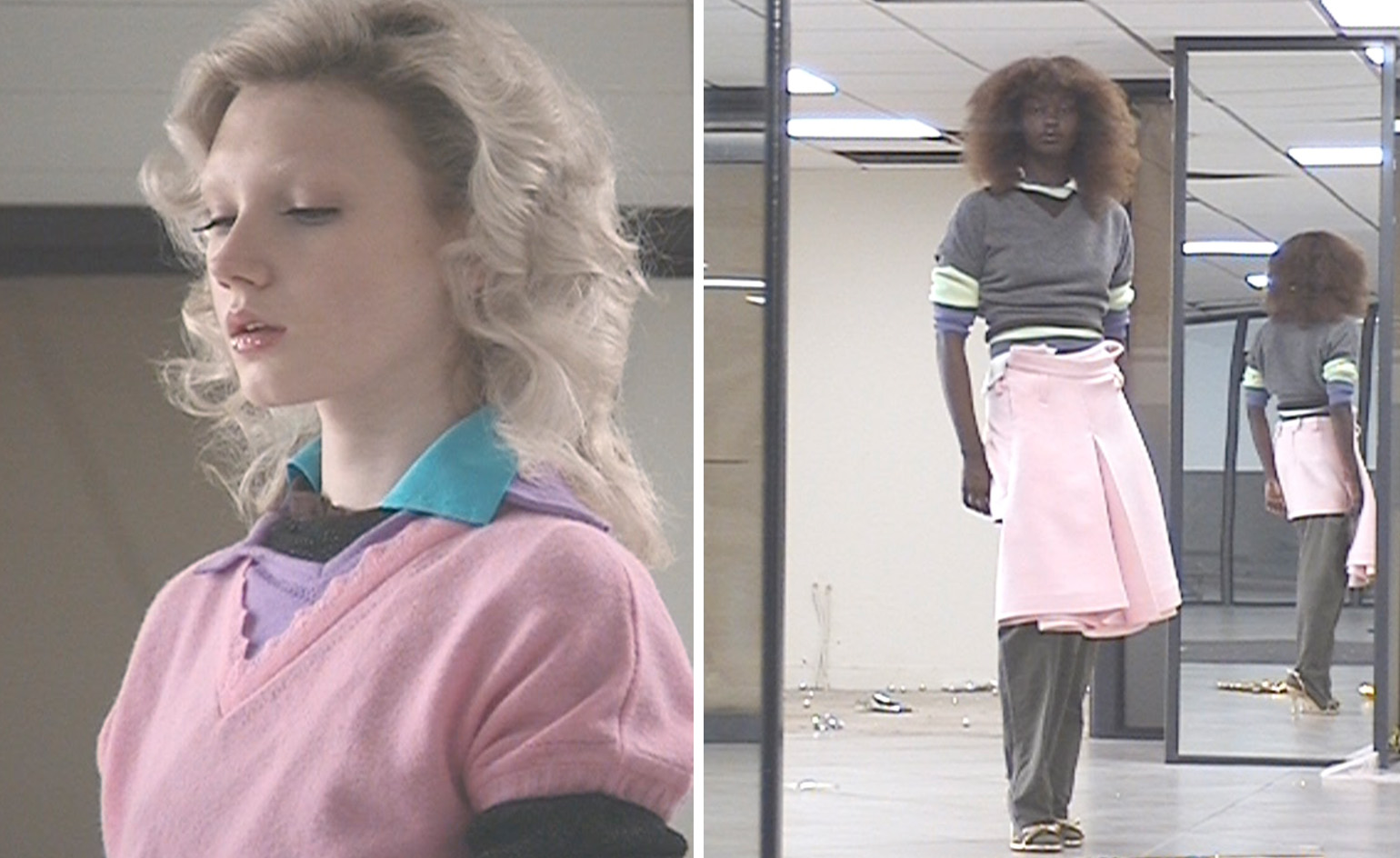 All-In is the Paris-based label making full-force fashion for main character dressing
All-In is the Paris-based label making full-force fashion for main character dressingPart of our monthly Uprising series, Wallpaper* meets Benjamin Barron and Bror August Vestbø of All-In, the LVMH Prize-nominated label which bases its collections on a riotous cast of characters – real and imagined
By Orla Brennan
-
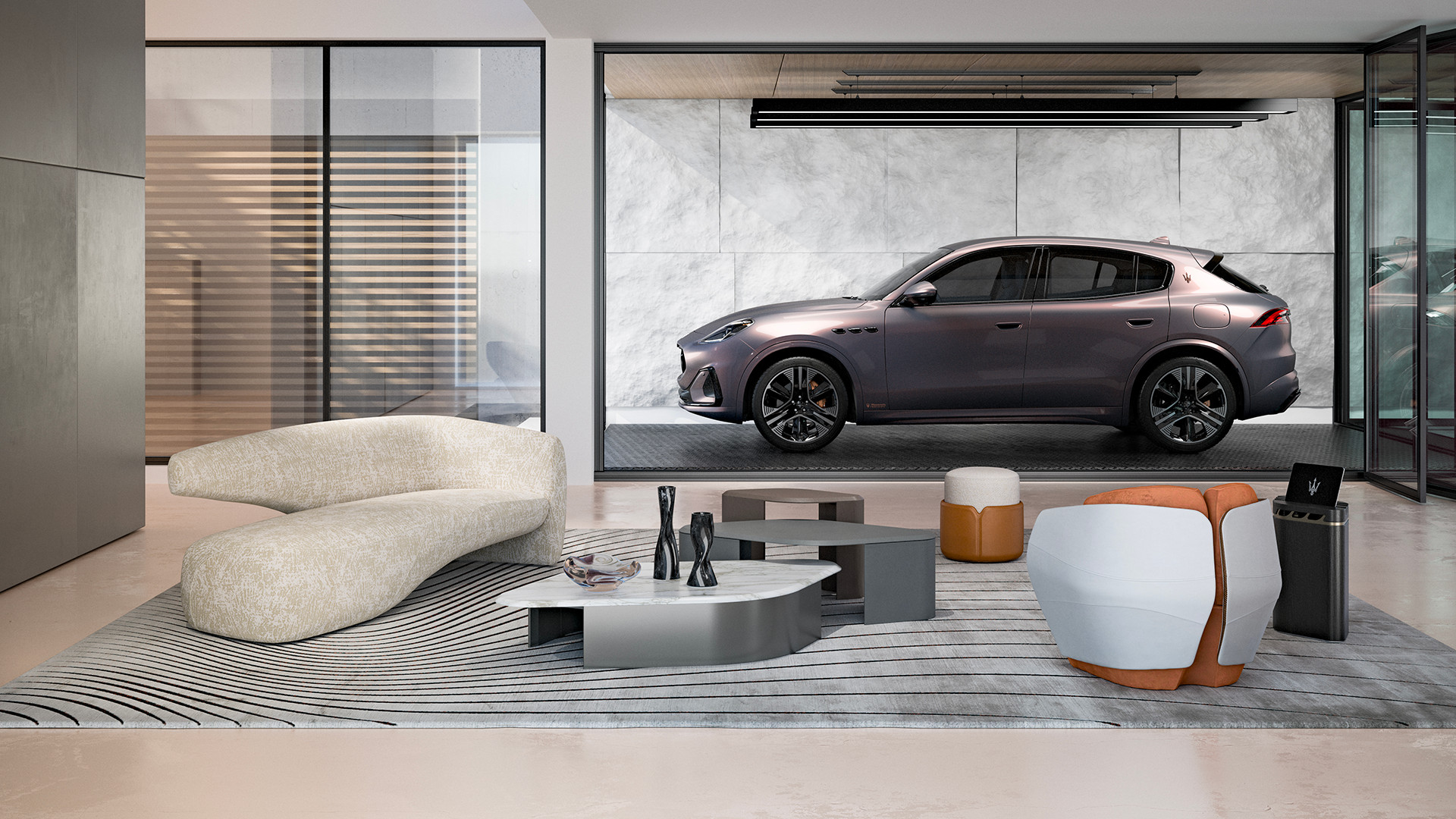 Maserati joins forces with Giorgetti for a turbo-charged relationship
Maserati joins forces with Giorgetti for a turbo-charged relationshipAnnouncing their marriage during Milan Design Week, the brands unveiled a collection, a car and a long term commitment
By Hugo Macdonald
-
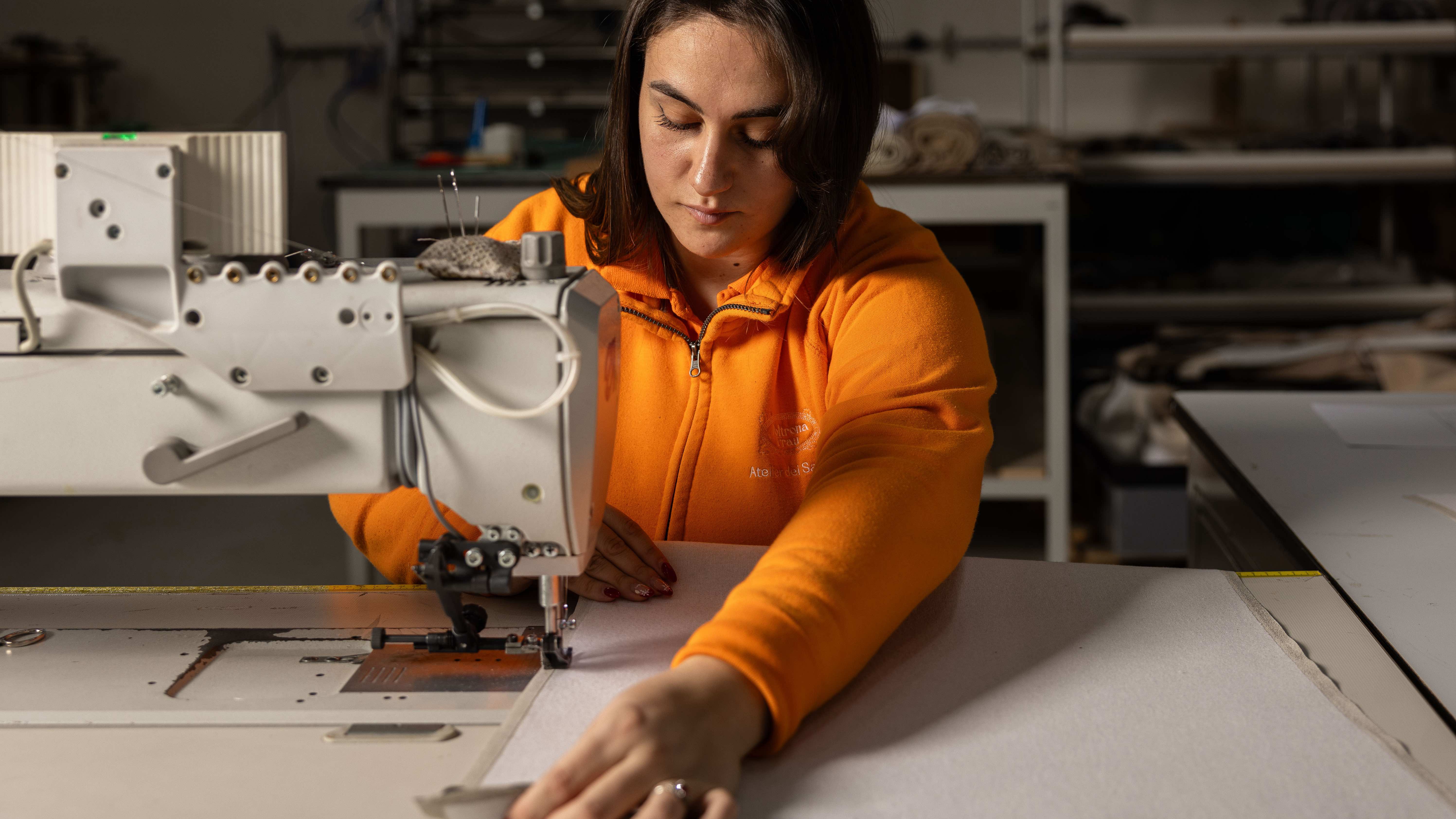 Through an innovative new training program, Poltrona Frau aims to safeguard Italian craft
Through an innovative new training program, Poltrona Frau aims to safeguard Italian craftThe heritage furniture manufacturer is training a new generation of leather artisans
By Cristina Kiran Piotti
-
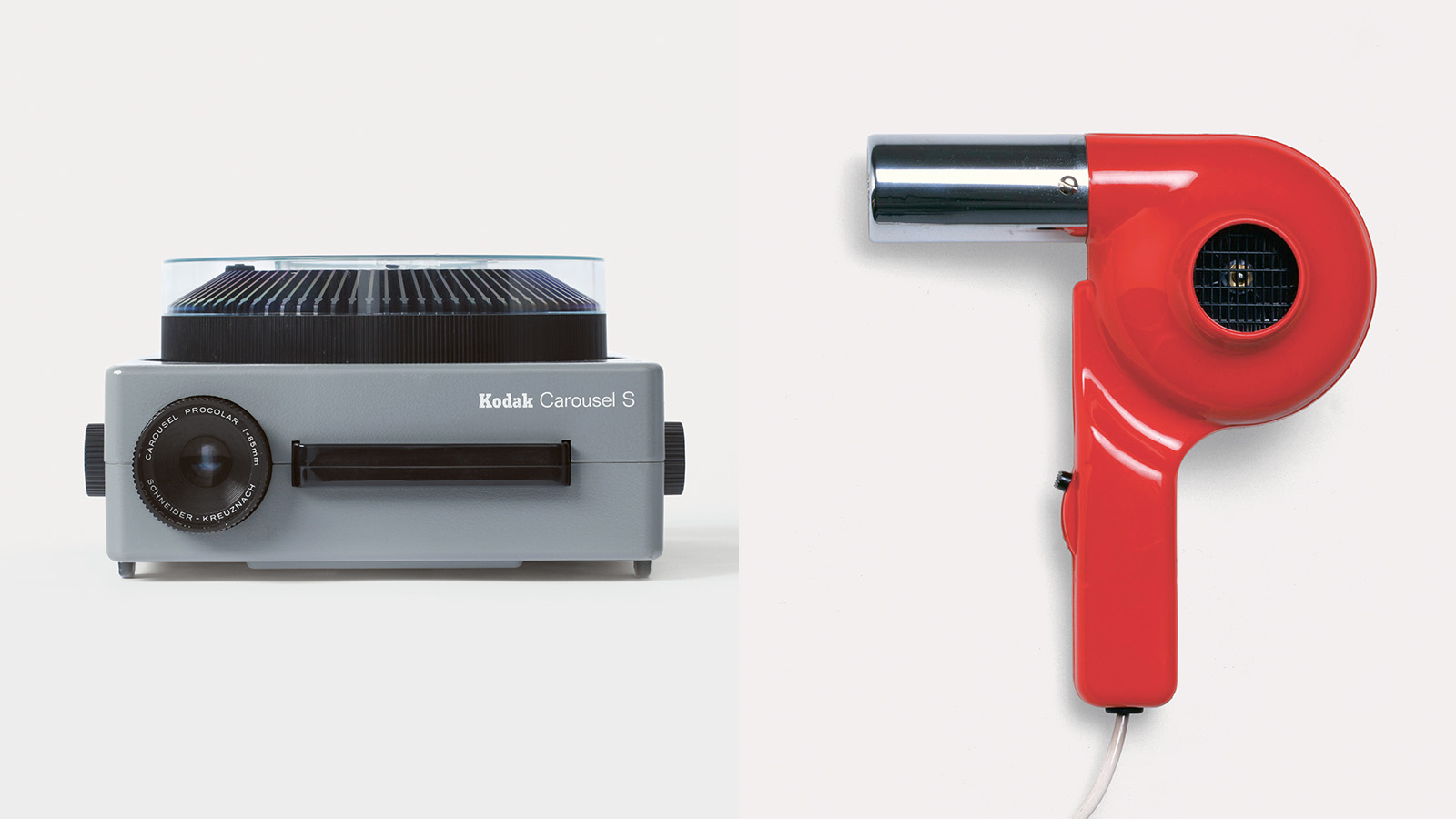 Masters of midcentury modern design and their creations spotlighted in new book
Masters of midcentury modern design and their creations spotlighted in new book‘Mid-Century Modern Designers’ is a new book from Phaidon celebrating those who shaped the period and their notable creations, from furniture to objects
By Tianna Williams
-
 Rooms with a view: a new book celebrates the Italian approach to interior design
Rooms with a view: a new book celebrates the Italian approach to interior designLaura May Todd's survey of Italian interiors is the perfect antidote to January gloom, taking a look inside 50 distinctive Italian homes
By Ali Morris
-
 Martino Gamper creates a joyful tapestry of colour, pattern and eras in an immersive showcase
Martino Gamper creates a joyful tapestry of colour, pattern and eras in an immersive showcase'I'm always interested in what is considered kitsch, what is considered contemporary, what is ugly, what is beautiful—it's a subtle line'. Martino Gamper‘ presents 'Before; After & Beyond’
By Ali Morris
-
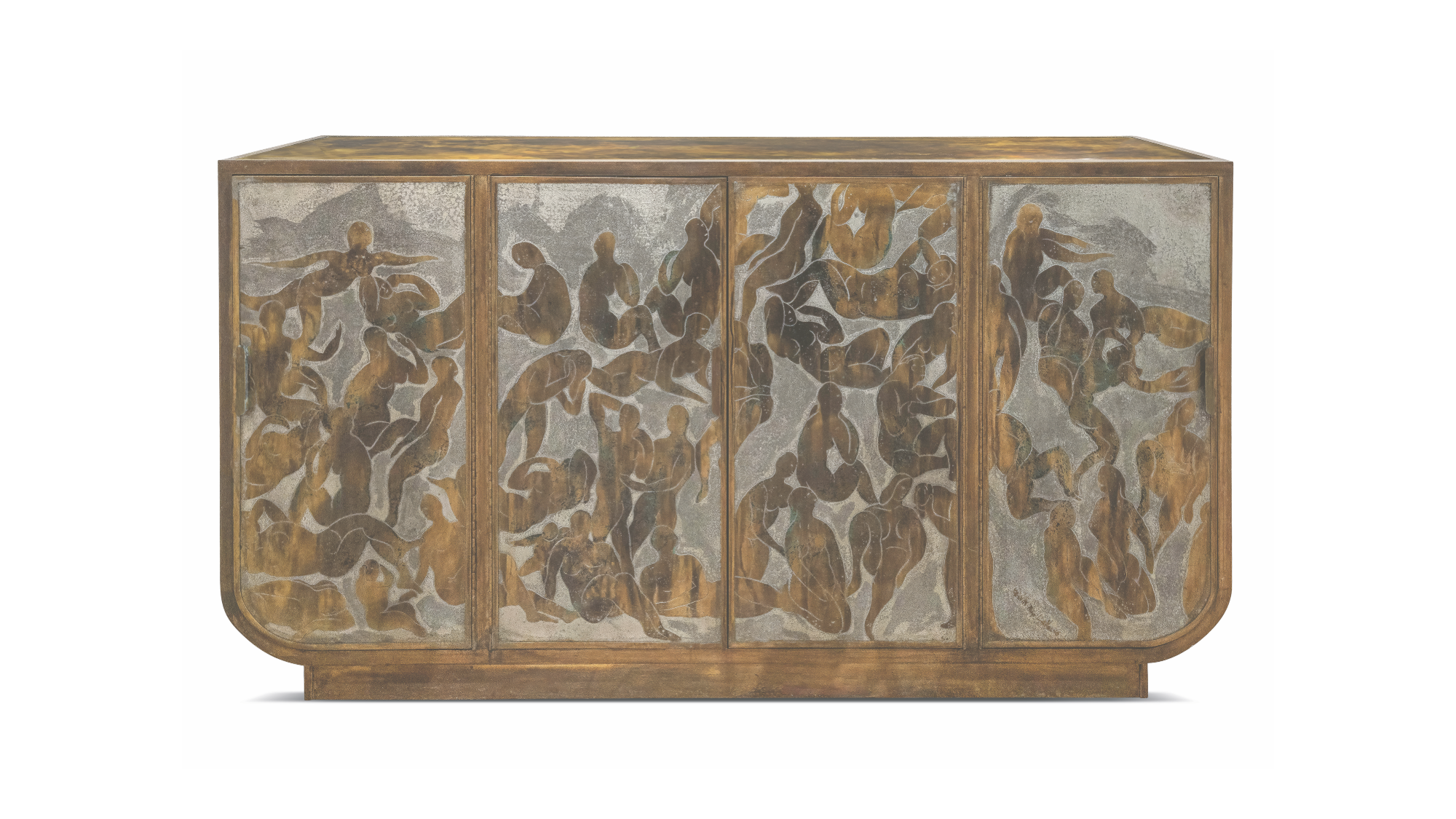 Discover the alchemy of American artists Philip and Kelvin LaVerne
Discover the alchemy of American artists Philip and Kelvin LaVerneThe work of Philip and Kelvin LaVerne, prized by collectors of 20th-century American art, is the subject of a new book by gallerist Evan Lobel; he tells us more
By Léa Teuscher
-
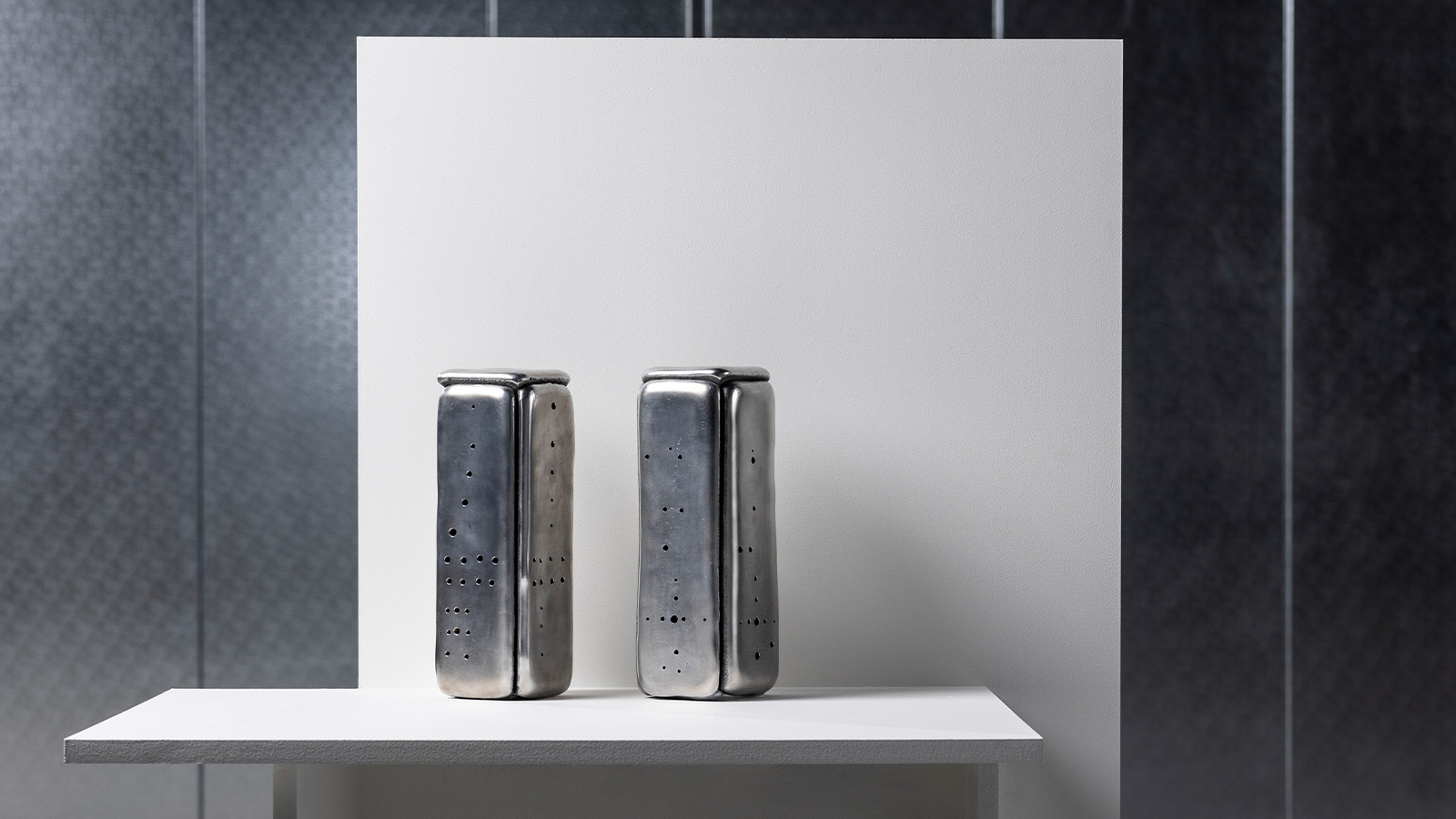 20 pairs of bookends celebrate contemporary Scottish design and Dundee’s literary heritage
20 pairs of bookends celebrate contemporary Scottish design and Dundee’s literary heritageAs Dundee Design Week gets ready for its fifth edition, a bookish commission shines a light on two pioneering female journalists from the city’s storied past
By Alyn Griffiths
-
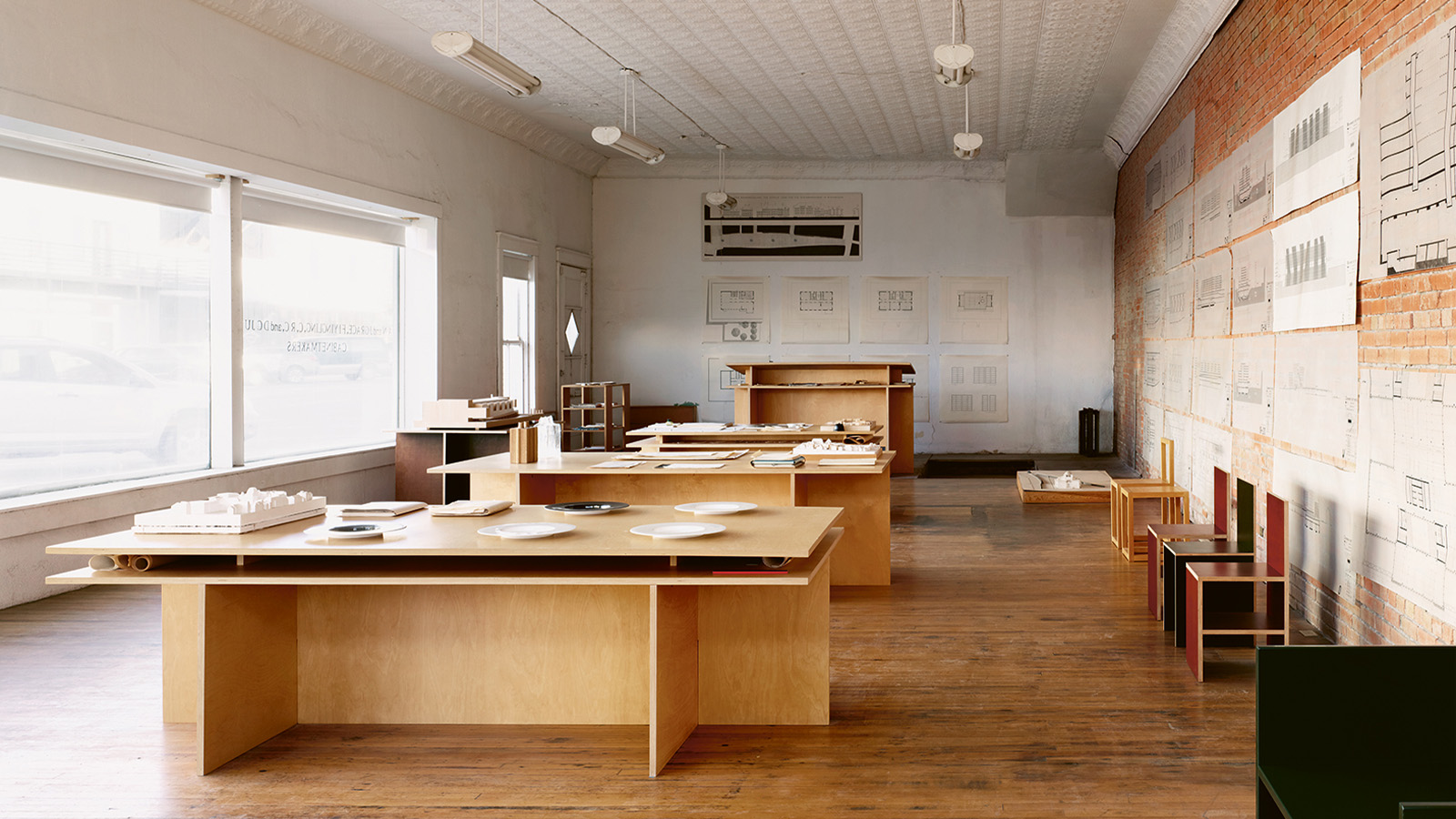 ‘You’ve got to hang out with Judd furniture… you learn something’: Rainer Judd
‘You’ve got to hang out with Judd furniture… you learn something’: Rainer JuddAs new book ‘Donald Judd Furniture’ lands, the artist’s children Rainer and Flavin discuss their father’s legacy
By Diana Budds
-
 Discover London’s lesser-known design gems with ‘an opinionated guide’
Discover London’s lesser-known design gems with ‘an opinionated guide’‘An opinionated guide to Design London’ by Sujata Burman and Wallpaper’s Rosa Bertoli is a carefully curated tour of intriguing design spots across the capital
By Tianna Williams
-
 New Louis Poulsen book explores the Danish lighting company's illuminating world
New Louis Poulsen book explores the Danish lighting company's illuminating worldLouis Poulsen: First House of Light, published by Phaidon, is a new design book delving into the Danish company's world of radiant lighting
By Jens H Jensen